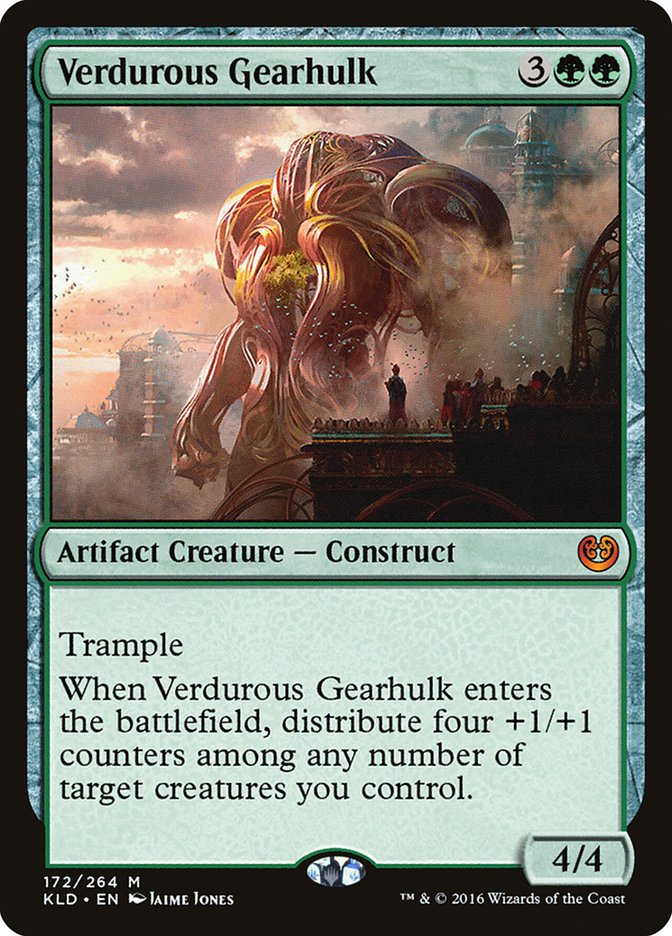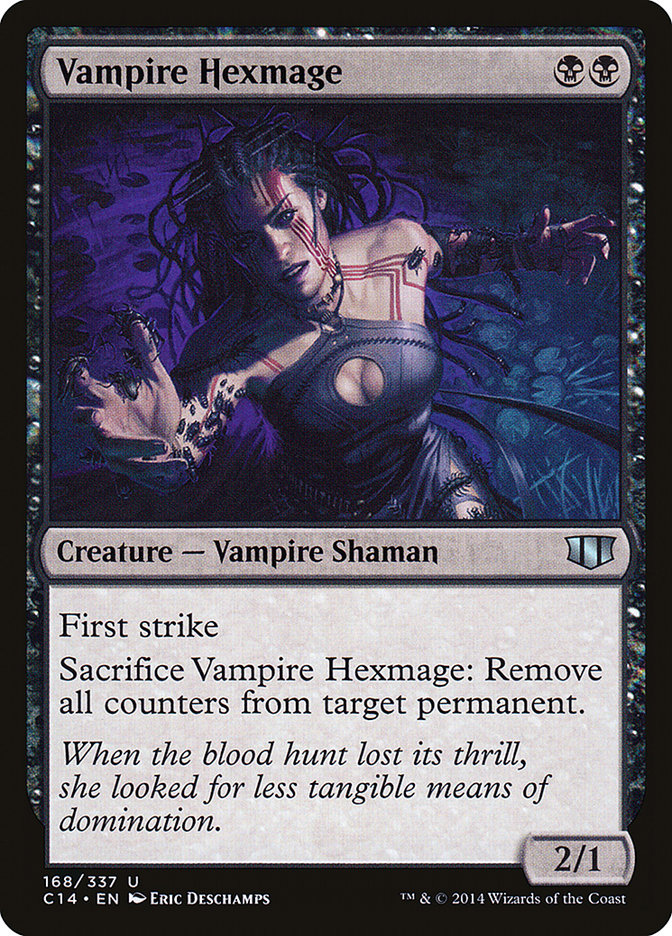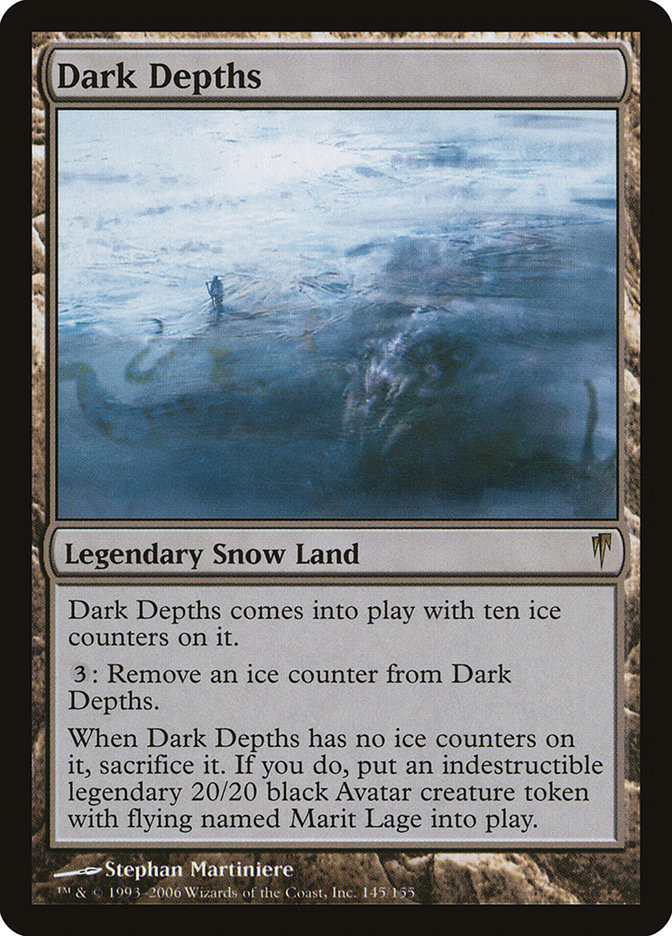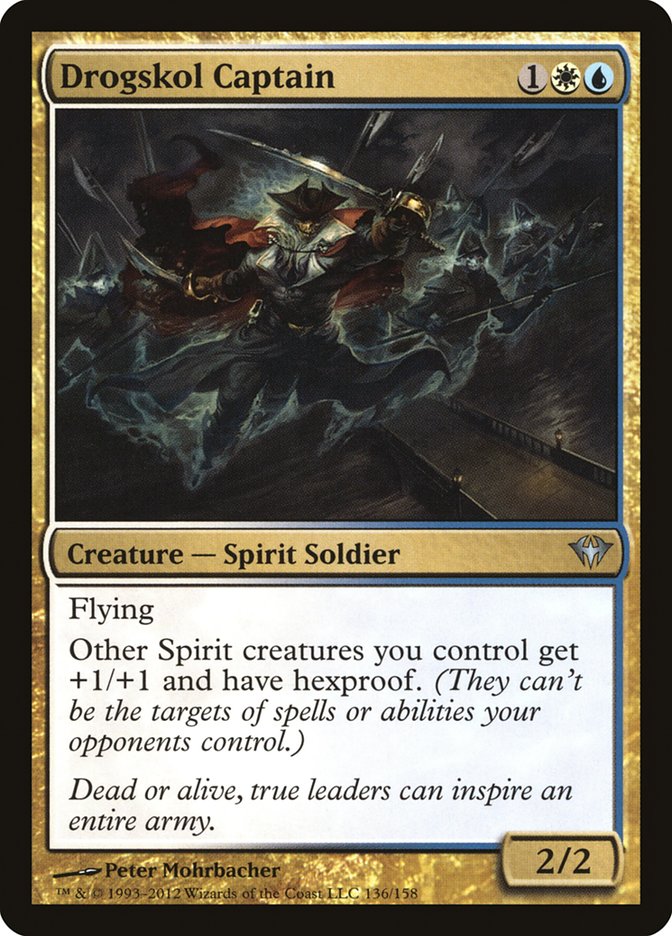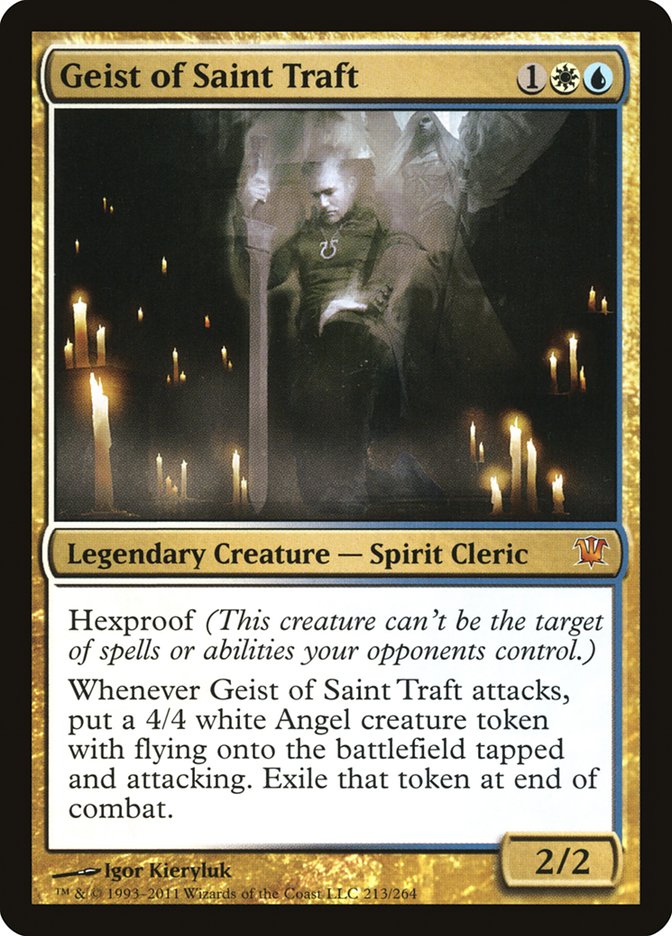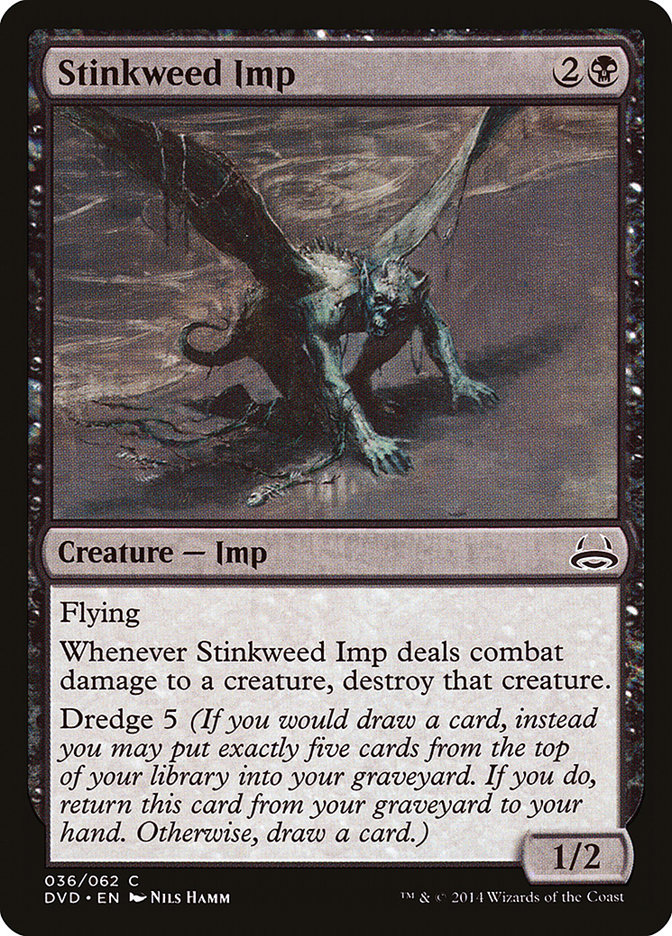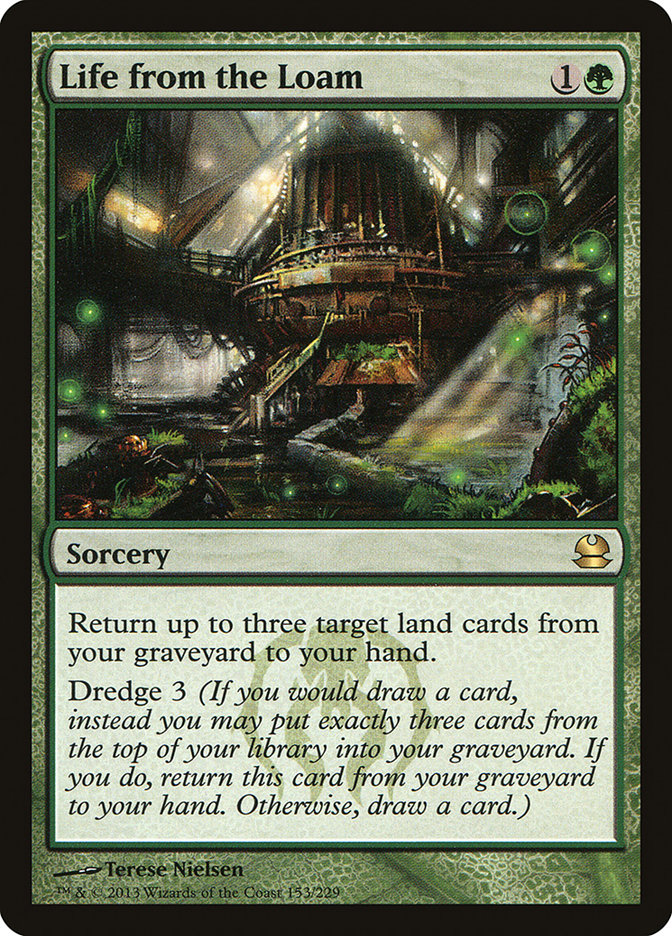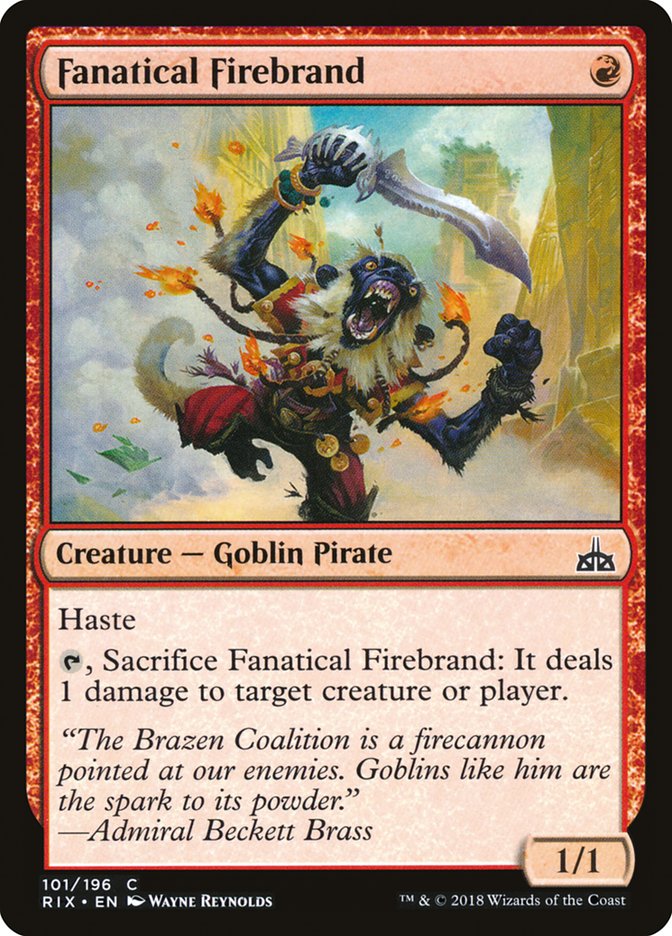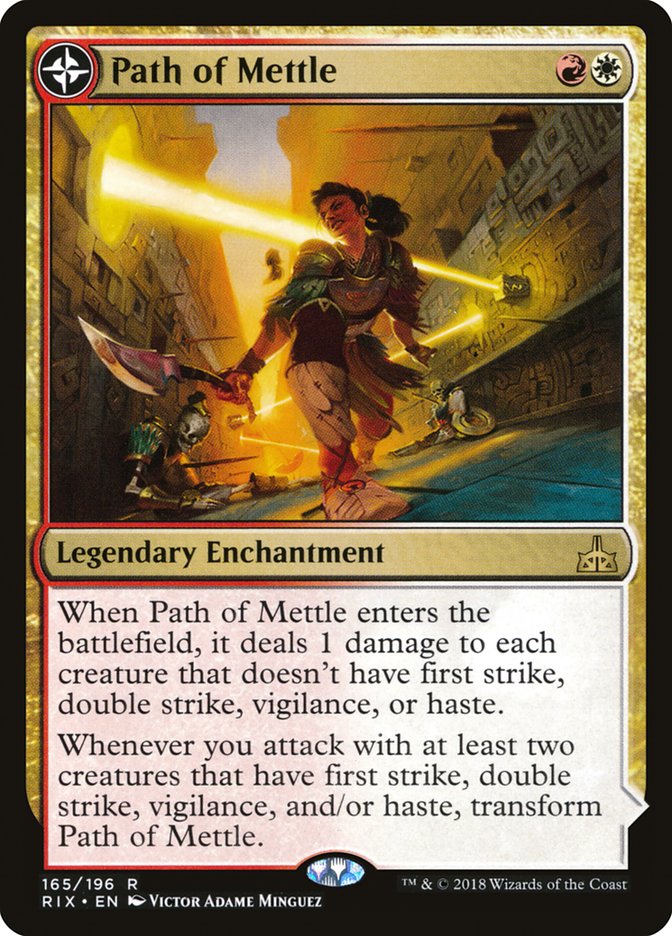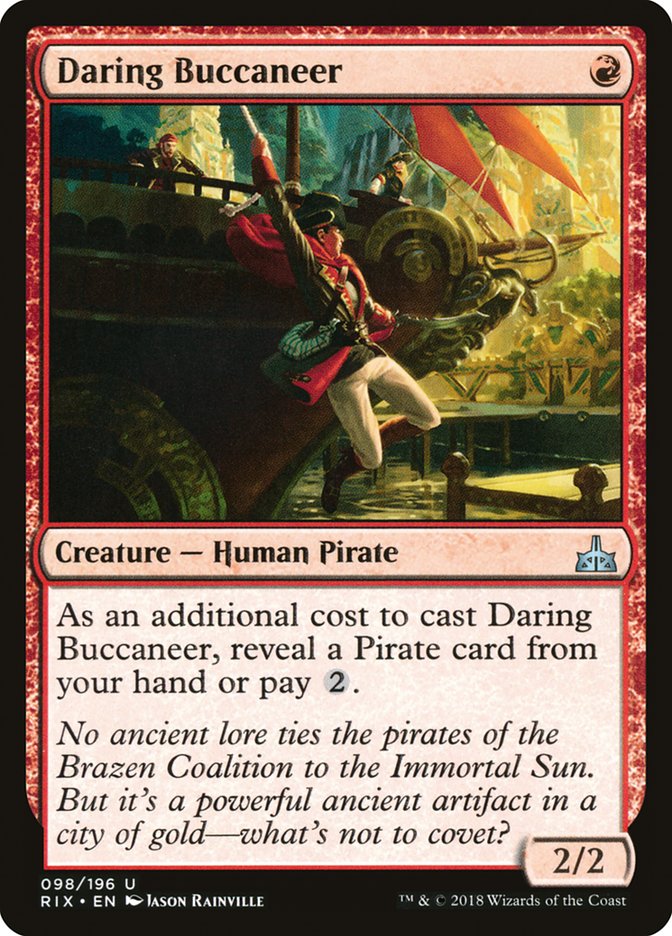[Welcome to
[card name="Fact or Fiction"]Fact or Fiction!
[/card]
This week, New York Rangers gasbag Jim Davis and Merfolk Branchwalker
devotee Gerry Thompson take on five pressing questions about the
results of SCG Philadelphia. Read their answers and vote for the winner
in the poll at the end!]
1. With Dan Jessup’s Top 4 at SCG Dallas and Jeremy Henry’s win
at SCG Philadelphia, a build of Sultai is the deck to beat in
Standard.
Jim Davis: Fiction.
Standard is currently in a very exciting place, but there’s no question
that it’s a God’s world and we’re just living in it.
The Scarab God and Hazoret the Fervent are the two defining end games of
the format, with the former powering Mardu Vehicles and various flavors of
Mono Red Aggro, while the later takes over games for U/B and Grixis Control
decks and all varieties of Grixis and Sultai midrange decks. Both cards’
high power level paired with their respective durability clauses
(indestructible and “can’t die,” respectively) create very difficult game
states; it’s very hard to win if either stays on the battlefield for any
period of time, and it’s very hard to remove them once they are there.
Jeremy Henry’s Sultai Constrictor deck from SCG Philly and Dan Jessup’s
Sultai Midrange deck from last week are strong arguments for the power of
The Scarab God in Standard, but there’s too much volatility around how to
best use the card to declare anything “the deck to beat” at the moment.
Gerry Thompson: Fact.
Rivals of Ixalan
Standard is still in its infancy, as people need time to figure out what’s
possible in the wake of the recent bannings. The details of what the best
Mardu Vehicles decklist looks like is unclear, but we have a very good
understanding of what the macro archetypes look like.
Sultai is historically one of the best color combinations for adapting to
specific metagames. In some Standard formats, you would know the majority
of your opponent’s decklist. That’s not the case exactly, but you can get
the gist of what your opponent is up to. You can’t tailor make your deck to
fight someone’s exact decklist at the moment, but you can get close.
Thankfully, Sultai has enough general answers to thrive. Spell Pierces out
of Jeremy Henry’s winning deck are particularly great because they handle
problematic cards like Settle the Wreckage, Heart of Kiran, and Chandra,
Torch of Defiance. That’s an insane amount of versatility!
To top it off, Sultai has some of the best cards still legal in Standard.
The exact build might change week to week, but Sultai is here to stay.
2. With a finals appearance at SCG Dallas and win at SCG
Philadelphia, Turbo Depths is now a real player in Legacy.
Jim Davis: Fiction.
Turbo Depths has been a sweet fringe deck in Legacy for a while, but a pair
of results in a team format event doesn’t make a deck real. We have no idea
what William or Kyle’s individual records were in the events, but even if
they both ran the tables the sample size is far too small to draw any
realistic conclusions about the deck.
The deck has been around for years, but a quick glance at the decklists
shows there isn’t a single card in William’s list printed recently, and
only a single Sorcerer’s Spyglass in Kyle’s list. Even in a format as old
and powerful as Legacy the power level is always slowly rising as new sets
are added, which puts pressure on decks to improve or fall out of favor.
With no real new tech, no interesting new cards, and only a pair of good
finishes in team events, I’m calling Turbo Depths a fluke.
Gerry Thompson: Fact.
SCG Invitational winner Eli Kassis was already making a case for Turbo
Depths in Legacy being one of the best decks in the format. It’s no
surprise to see the deck picking up steam, as it continues to put up solid
results.
Lands tends to overshadow Turbo Depths because they mostly try to
accomplish the same things. However, Lands has slowly moved toward being
more combo oriented, which makes me wonder if the rest of the Lands package
is better than adding resiliency to the Dark Depths combo. Instead of
locking people with nonsense like Punishing Fire and Maze of Ith, you could
just kill them.
3. With Caleb Durward’s win at SCG Milwaukee last year and a
finals appearance at SCG Philadelphia, Bant Spirits should get more
consideration as a tier one deck in Modern.
Jim Davis: Fiction.
Modern is a format where knowledge is everything. We hear a lot that
knowing your deck inside and out is by far the most important skill in the
format, which is why you see good players playing the same deck week in and
week out constantly doing well. They know both the ins and outs of their
deck, as well as how it lines up with all the important matchups in the
field.
As such, there’s a ton of value in Modern to be gained by playing a deck
that your opponents will be unfamiliar with. Exploiting this lack of
knowledge on your opponents’ behalf makes things much more difficult for
them, as it invalidates a lot their practice with the deck and forces them
to make difficult choices on the fly.
Caleb’s deck is a prime example of this.
I don’t think Bant Spirits is a particularly good deck, but Caleb is a
great player and Collected Company is a hell of a Magic card. The deck has
a lot of play to it, many proven cards–like Spell Queller and Geist of
Saint Traft–and it excels at putting its opponents into tough spots. It’s
not surprising to see the deck do well, but I doubt it could put up
consistent results.
Gerry Thompson: Fiction.
There’s the whole “ham sandwich theory” going on here.
Caleb can play good Magic and basically never plays “real” decks, so
eventually he’s doing to do well, even if he were playing a ham sandwich.
If literally no one else can win with a deck but him, it probably means the
deck isn’t very good.
Merfolk got some new tools in Ixalan block, but you rarely see the
deck because it’s a worse version of Humans. Any tribal deck is probably
going to fail the same comparison, and Bant Spirits is no different.
4. With Lucas Michael’s win at SCG Philadelphia, Dredge is a good
choice for Pro Tour Rivals of Ixalan.
Jim Davis: Fiction.
Having played Dredge a good amount in the past I am definitely a fan of the
deck, but it’s just not in a good place right now.
Despite the lack of success of dedicated graveyard decks in Modern at the
moment, the popularity of decks that utilize the graveyard, like Storm and
Grixis Death’s Shadow, has kept graveyard hate cards (think Rest In Peace
and Nihil Spellbomb) an important part of the format. The mantra used to be
“play Dredge when nobody is playing it to dodge the hate,” but even when
people aren’t playing Dredge, the hate is still around.
Dredge also being soft to big mana decks like Tron and Scapeshift, as well
as Storm, is also disconcerting. I love Dredge, but unless there’s some
sweet new tech I’m missing, now doesn’t feel like the time.
Gerry Thompson: Fiction.
I fully expect the Pro Tour metagame to be different than real life. There
are the people who are going to play the Modern decks they know, and there
are going to be the people trying hard to break the format or select a good
metagame choice.
While graveyard hate shouldn’t show up en masse, that doesn’t automatically
make Dredge a good choice. There will be plenty of decks with naturally
good matchups against Dredge.
It’s not like old Extended where Dredge beat everyone who didn’t have seven
pieces of graveyard hate. Decks with hate will perform well against Dredge,
but a turn 5 clock that can only disrupt with Conflagrate isn’t something
everyone has to be scared of.
5. Craig Krempels’ Jeskai Aggro deck is the best Hazoret the
Fervent deck in Standard.
Jim Davis: Fiction.
Man we are just mono-fiction aggro today, aren’t we?
It’s great see Craig whether he’s in the booth or out battling, and he had
a spicy one with his nearly Mono-Red Aggro deck last weekend at SCG Philly.
However, some decks get there by being great decks, while some decks get by
on surprise value and being a great deck for a particular event. Craig’s
deck, with the basic proven core of Mono-Red Aggro, feels like the latter.
I’m sure Craig surprised many people with his sideboard Negates, as well as
his lack of blue Pirates or Lookout’s Dispersal game 1s that he drew
Spirebluff Canal. That surprise value no longer exists, and what remains is
the terrifying notion of wanting to cast Hazoret the Fervent on turn 4 and
drawing one of your eight fastlands as your fourth land. Or just not
drawing your fourth land at all because you only have 22. Aether Hub is
also quite scary as a Tendo Ice Bridge.
Craig laid some great beats this weekend, but I don’t see his deck
persisting beyond this event.
Gerry Thompson: Fact.
Craig’s deck is nice.
The sixteen one-drops makes me question why we didn’t pull the trigger on
it sooner. I fully expect his deck to absolutely demolish Mardu Vehicles.
His deck is highly aggressive and has great ways to close in Hazoret the
Fervent and Path of Mettle.
Incidentally, getting access to Negate out of the sideboard is icing on the
cake.




